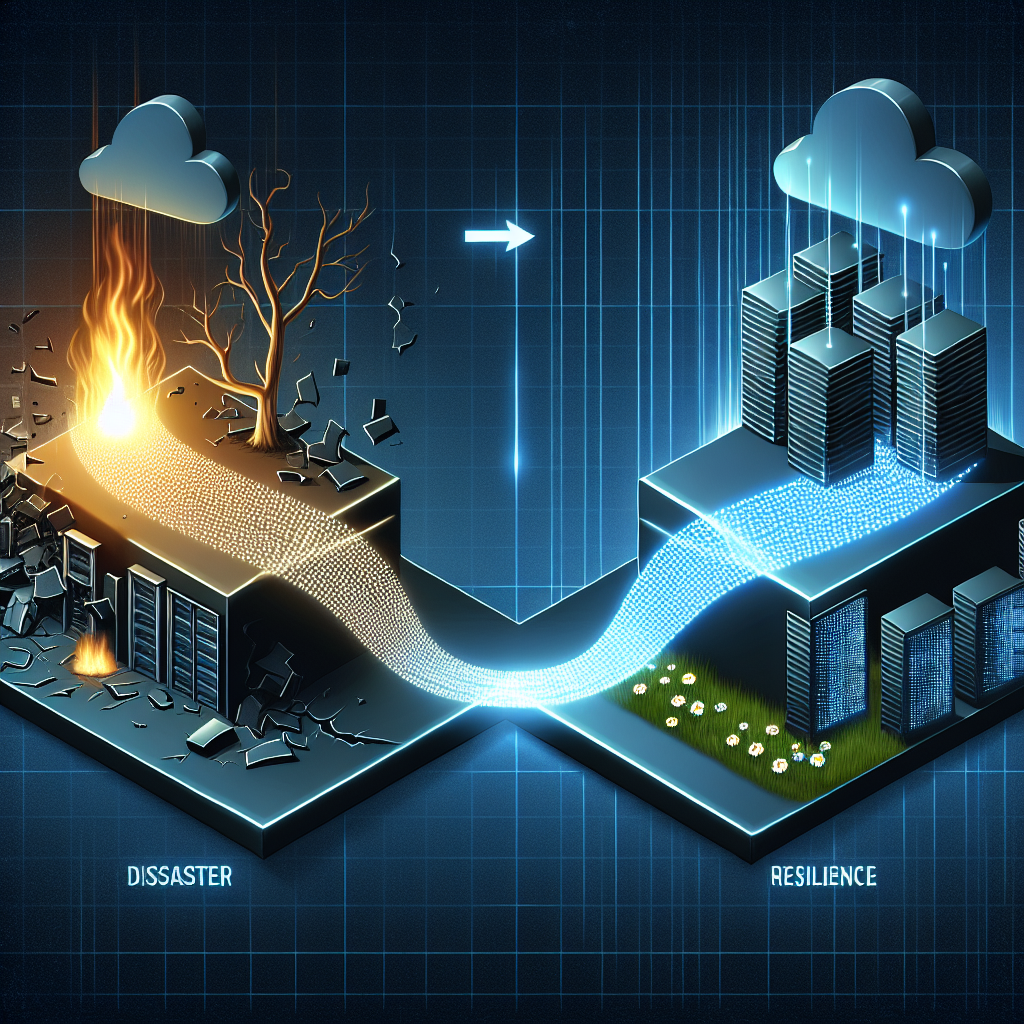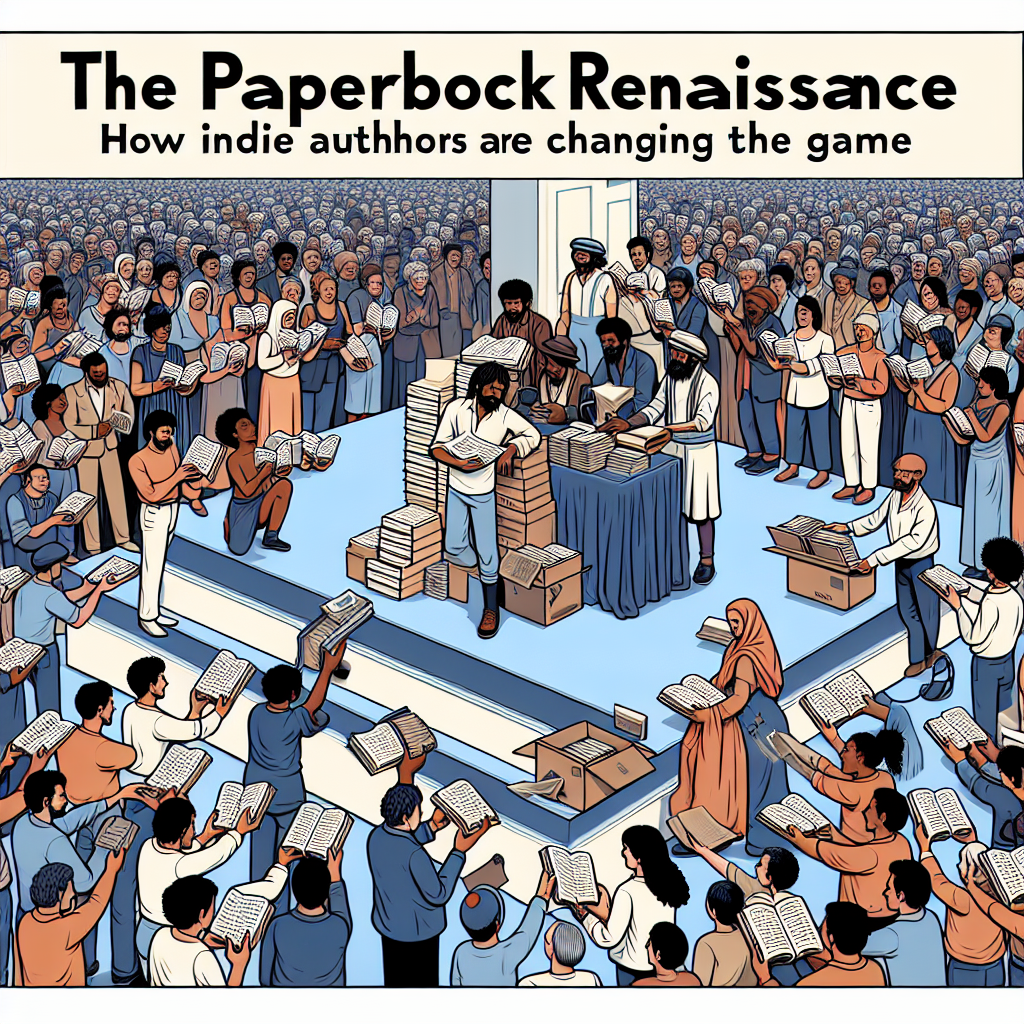As businesses continue to rely more heavily on data, the importance of data center resilience has never been more crucial. Data centers are the backbone of modern IT infrastructure, housing the servers, storage, networking equipment, and other critical components that keep businesses running smoothly. However, ensuring that data centers are resilient and able to withstand the challenges of a rapidly changing IT landscape is no easy task.
One of the biggest challenges facing data center resilience is the increasing complexity of IT environments. As businesses adopt more cloud-based services, virtualization technologies, and other advanced IT solutions, the traditional data center model is being pushed to its limits. This complexity can make it difficult to ensure that data centers are able to maintain high levels of availability and reliability.
Another challenge is the growing threat of cyberattacks. Data centers are prime targets for hackers looking to steal sensitive information or disrupt business operations. In order to protect against these threats, data center operators must implement robust security measures, such as firewalls, intrusion detection systems, and encryption technologies.
In addition to these challenges, data center resilience is also being tested by the increasing demand for faster processing speeds and higher levels of performance. As businesses rely more heavily on data-intensive applications, such as artificial intelligence, machine learning, and big data analytics, data centers must be able to keep pace with these requirements.
Fortunately, there are a number of solutions available to help businesses address these challenges and ensure that their data centers remain resilient in the face of a changing IT landscape. One key solution is to invest in modern infrastructure technologies, such as hyperconverged infrastructure, software-defined networking, and flash storage, which can help to improve performance, scalability, and reliability.
Another important solution is to implement disaster recovery and business continuity plans, which can help businesses to quickly recover from unexpected outages or disasters. By regularly testing these plans and ensuring that they are up to date, businesses can minimize the impact of downtime and ensure that critical systems remain operational.
Finally, businesses can also benefit from partnering with experienced data center providers who have the expertise and resources to help them navigate the challenges of maintaining a resilient data center. These providers can offer a range of services, including colocation, managed hosting, and cloud services, to help businesses optimize their IT infrastructure and ensure that their data remains secure and available.
In conclusion, data center resilience is a critical component of modern IT infrastructure, and businesses must take proactive steps to address the challenges posed by a changing IT landscape. By investing in modern technologies, implementing robust security measures, and partnering with experienced data center providers, businesses can ensure that their data centers remain resilient and able to support their evolving business needs.









